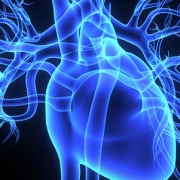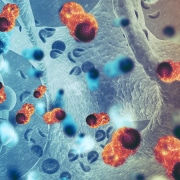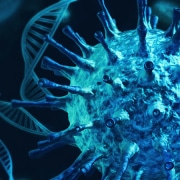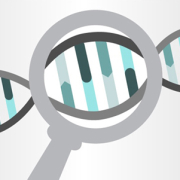In vivo and ex vivo gene therapies explained
Gene therapies can take place either ‘in vivo’ or ‘ex vivo’; we compare these two approaches and their importance in gene therapy
You may have heard or seen the terms ‘in vivo’ and ‘ex vivo’ used to describe gene therapies, genome-editing therapies or cell-based therapies. Here we explore the main differences between these two approaches and when they may be used.
What do in vivo and ex vivo mean?
In vivo simply means inside the body and ex vivo means outside the body. In terms of gene therapies and genome-editing therapies, in vivo and ex vivo are used to describe where the change to cells is made:
- For in vivo therapies, changes are made to cells’ genetic material inside the patient.
- For ex vivo therapies, the cells are removed from the patient’s body, treated, and returned.
What conditions are the therapies used for?
In vivo gene therapies are the preferred option for organs that cannot be easily accessed or removed, such as the eye, brain or liver. Examples of in vivo gene therapies available within the NHS include onasemnogene abeparvovec (branded as Zolgensma), which treats the muscle-wasting condition spinal muscular atrophy, and voretigene neparvovec (Luxturna) for Leber congenital amaurosis, a degenerative eye condition.
In general, ex vivo gene therapy approaches are used for conditions affecting tissues that are either accessible and/or easy to get in and out of the body, such as the blood and skin. One example is the CAR-T cell therapy for blood cancer, available in the NHS as axicabtagene ciloleucel (Yescarta).
Another example of a ex vivo gene therapy is exagamglogene autotemcel (Casgevy). Last year it shot to fame as the first clinically approved CRISPR-based genome-editing therapy. If Casgevy is made available in the NHS – it’s currently being look at for this by NICE – it would be used to treat beta thalassaemia and sickle cell disease.
- From our blog: Casgevy – how it works
- Expert webinar: Spinal muscular atrophy therapies
How do the therapies work?
In vivo gene therapies require the new genetic material or genome-editing molecules to be packaged inside a delivery vehicle (called a ‘vector’) to carry them into a cell. This both protects them and helps to deliver them to the target cells within the body. Viruses, made safe and then repurposed, can be used as vectors. Scientists are also exploring the use of lipid nanoparticles for this purpose. Once the in vivo therapy has been packaged in its vector, it is introduced into the patient’s body, often as an infusion.
In ex vivo therapies, cells – typically stem cells – are taken from the patient and sent to a laboratory. Scientists make changes to the genome of the cells and can use genomic sequencing to check that the desired change has been made and that there are no harmful off-target effects. Finally, the gene-edited cells are introduced back into the patient, with the intention that the transplanted cells will begin replacing the disease-causing cells.
Which is more scalable?
In vivo gene therapies are inherently more scalable since they can be developed and then rolled out to all patients who may benefit. As with other drugs, it is possible that such therapies will become more affordable in the future since it is merely a matter of manufacturing more doses.
In contrast, ex vivo gene therapies require skilled workers and laboratories to administer the medicine, and are applied on a patient-by-patient basis. They also require the transportation of cells, under carefully controlled conditions, often over long distances. For these reasons, ex vivo approaches are more complex and expensive, making them less scalable.
As for costs, all types of gene therapy are expensive at present. Zolgensma has a reported list price of £1.79m, for example. Another gene therapy, atidarsagene autotemcel (Libmeldy) – now being used in the NHS to treat metachromatic leukodystrophy – has been reported as the world’s most expensive drug with a more than £2.8m list price. NHS England reported a deal to offer this to patients at a significantly reduced discount, however.
- Expert webinar: Introduction to gene-directed therapies
- GeNotes: Knowledge Hub: Genomic testing in the devolved nations
As more gene-directed therapies become available for patients within the NHS, clinicians need to understand genomic testing. Our online courses help you learn how to confidently order genomic tests and feed back the results to patients. They are available now for both cancer pathologies and rare disease conditions. Both are free for NHS professionals.









